Ultrasonic Cleaner
Description
Ultrasonic Cleaner
An ultrasonic cleaner is a device that uses ultrasonic sound waves to clean objects. It typically consists of a container, usually filled with a cleaning solution, and a transducer that generates ultrasonic waves. Here’s a more detailed explanation:
Components of an Ultrasonic Cleaner
- Tank: A stainless steel container that holds the cleaning solution and the items to be cleaned.
- Ultrasonic Transducer: Converts electrical energy into ultrasonic sound waves (high-frequency sound waves) that propagate through the cleaning solution.
- Generator: Supplies the electrical energy to the transducer.
- Cleaning Solution: A liquid, often water-based with added detergents, that enhances the cleaning process.
How It Works
- Generation of Ultrasonic Waves: The transducer, powered by the generator, creates ultrasonic sound waves, usually in the range of 20-40 kHz.
- Cavitation: These sound waves create microscopic bubbles in the cleaning solution. This process is known as cavitation.
- Bubble Collapse: The bubbles formed by cavitation implode or collapse when they contact the surfaces of the items being cleaned. This implosion generates high temperatures and pressures in localized areas.
- Cleaning Action: The energy released by the collapsing bubbles effectively removes contaminants such as dirt, grease, oils, rust, and other debris from the surfaces, even in hard-to-reach areas.
Applications
- Medical and Dental Instruments: Cleaning surgical and dental tools.
- Jewelry: Cleaning intricate and delicate pieces without damage.
- Automotive: Cleaning engine parts, carburetors, and fuel injectors.
- Electronics: Cleaning circuit boards and electronic components.
- Laboratories: Cleaning glassware and precision instruments.
- Manufacturing: Cleaning parts and components in various industries.
Advantages
- Thorough Cleaning: Reaches all surfaces, including tiny crevices and intricate designs.
- Efficiency: Faster cleaning process compared to manual methods.
- Non-Destructive: Gentle on items, reducing the risk of damage.
- Versatility: Can clean a wide range of materials and objects.
Considerations
- Suitable Cleaning Solutions: Using the appropriate solution is essential for effective cleaning and to avoid damaging the items.
- Material Compatibility: Ensure the items being cleaned are compatible with ultrasonic cleaning to avoid damage.
Ultrasonic cleaners are widely used due to their effectiveness and efficiency in cleaning complex and delicate items, making them invaluable in many professional and industrial applications.


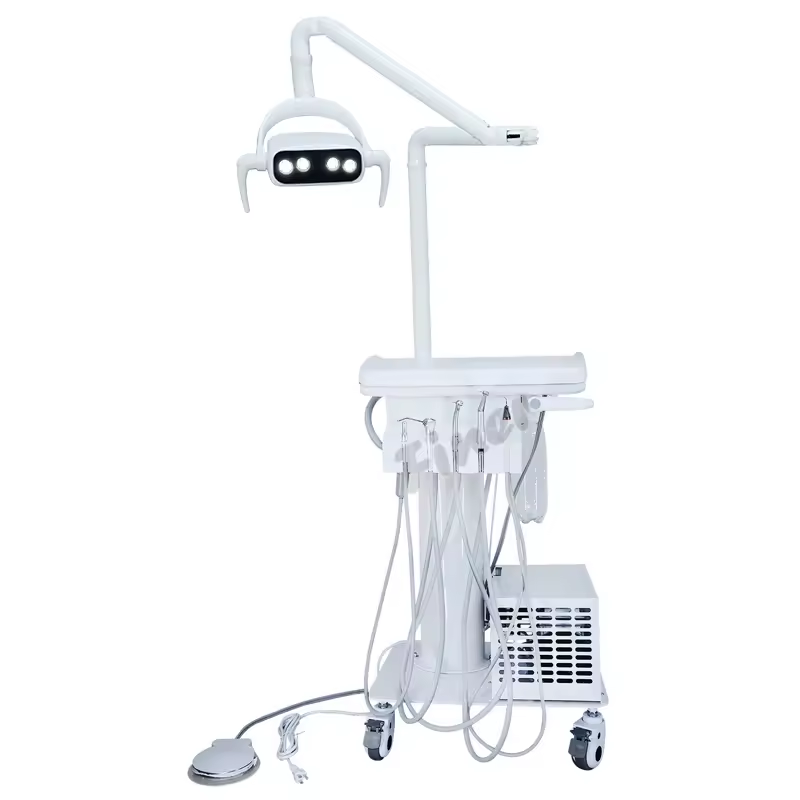

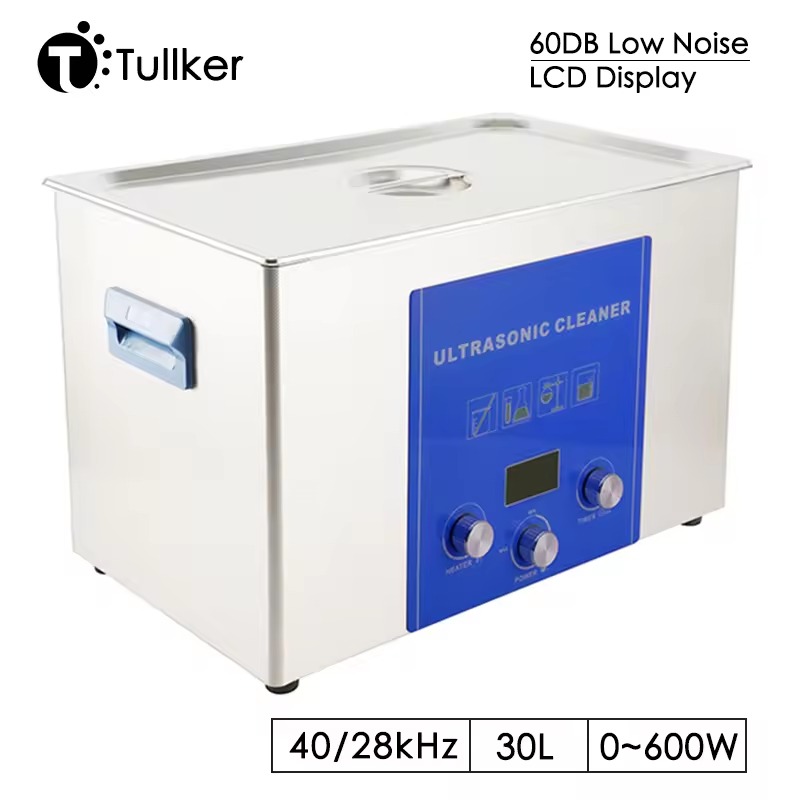
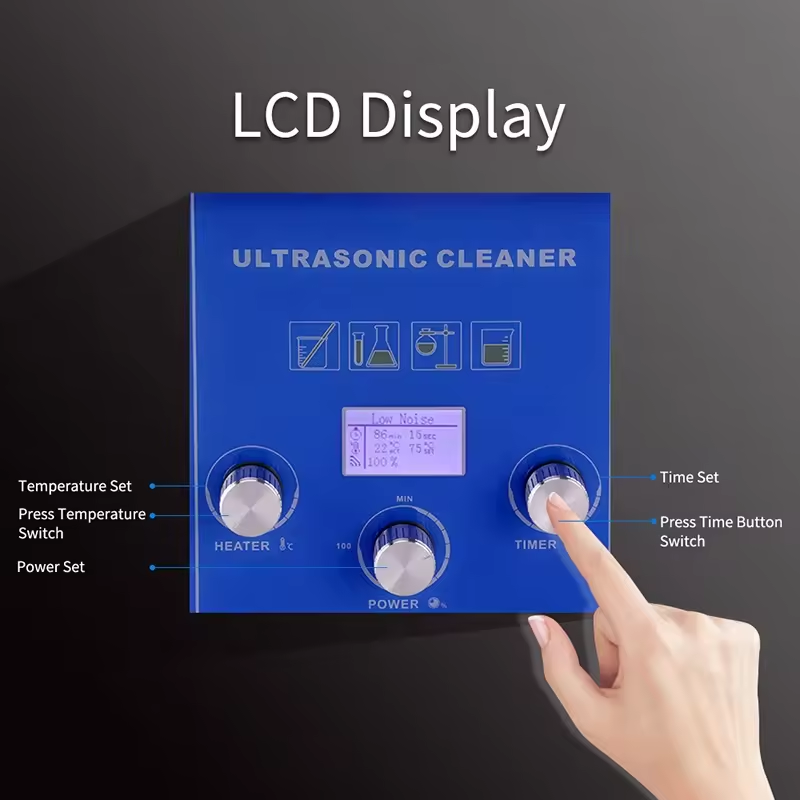
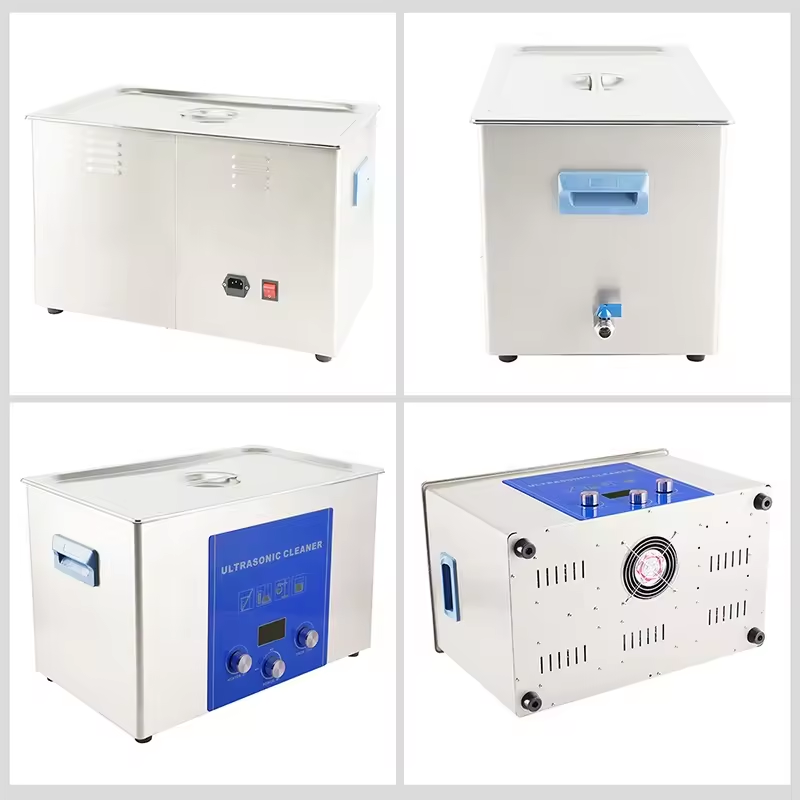




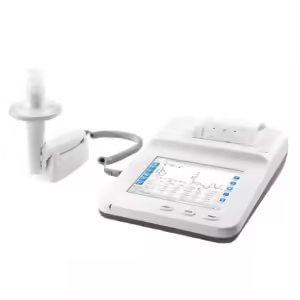



















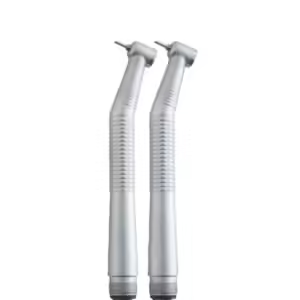
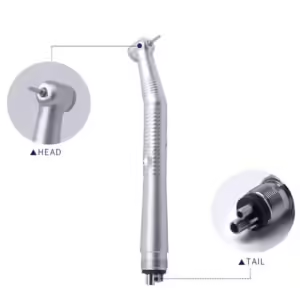
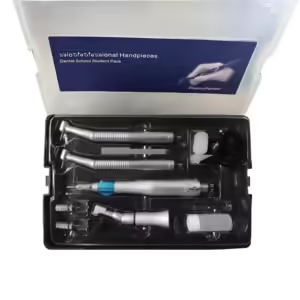
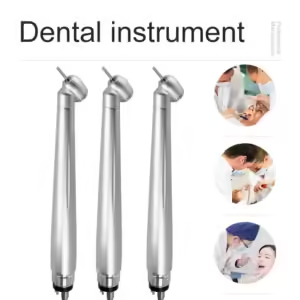







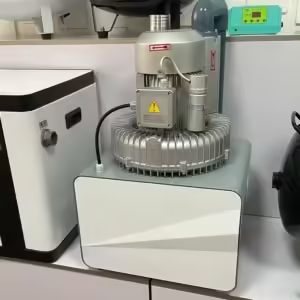


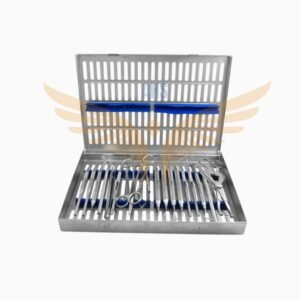

Reviews
There are no reviews yet.